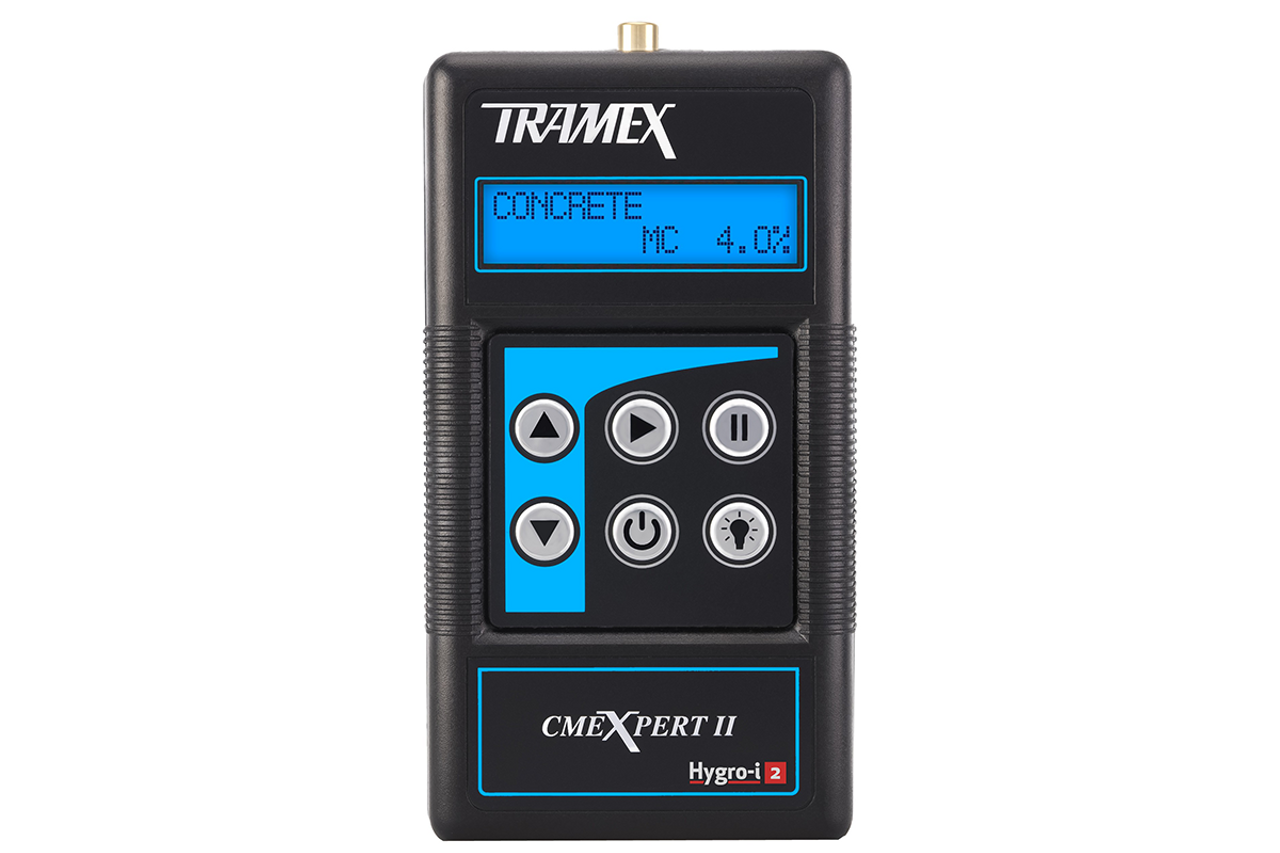The Ultimate Guide to Dampness Meters: A Comprehensive Introduction and How They Can Conserve You Cash
In the world of structure upkeep, construction, and different industries, the importance of accurately gauging moisture levels can not be overstated. Dampness meters act as indispensable devices in identifying and keeping an eye on moisture material in products, helping in avoiding expensive damages and guaranteeing the high quality of items. Comprehending the subtleties of various sorts of moisture meters, their applications, and the potential cost-saving advantages they supply can be a game-changer for specialists and organizations alike. Uncovering exactly how these tools can not just simplify procedures but additionally contribute to monetary cost savings is a trip worth getting started on.
Sorts Of Moisture Meters
Different sorts of wetness meters are offered for various applications in numerous sectors. One usual kind is the pin-type moisture meter, which measures the electrical resistance between two pins inserted into a material. This type appropriates for wood, drywall, and other building materials. Pinless wetness meters, on the various other hand, usage electro-magnetic sensing unit plates to check a bigger location without triggering damages to the product's surface. Moisture Meter. These meters are excellent for quickly examining moisture levels in large locations such as floorings and wall surfaces.

Infrared wetness meters gauge the thermal buildings of a material to identify its moisture material non-invasively, making them valuable for applications where pin or pinless meters might not be suitable. Recognizing the different types of wetness meters readily available can assist sectors pick the most suitable device for their details moisture dimension needs.

Benefits of Using Dampness Meters
Dampness meters use very useful benefits in properly examining and checking wetness levels in diverse products and settings. One of the main benefits of using moisture meters is the avoidance of possible damages triggered by excess moisture.
Furthermore, using wetness meters can lead to raised energy efficiency. In farming setups, wetness meters play a crucial duty in enhancing plant yields by enabling farmers to keep track of dirt dampness levels and make educated irrigation decisions.
Exactly How to Pick the Right Moisture Meter
Choosing the ideal moisture meter involves thinking about vital elements such as material compatibility, dimension array, and calibration precision. When choosing a moisture meter, it's vital to ensure that the meter is ideal for the details material you will be testing. Different products have differing electric residential properties that can influence dampness readings, so selecting a meter designed for your material is important for exact outcomes. Additionally, think about the measurement series of the dampness meter. Make certain that the meter can spot wetness degrees within the variety needed for your applications. Calibration precision is another vital variable to keep in mind. Select a dampness meter with reliable calibration to guarantee exact and constant readings. Some meters may need regular calibration changes, so understanding the calibration process is very important. By very carefully examining these aspects, you can select a dampness meter that satisfies your requirements and offers precise wetness dimensions for your jobs.
Proper Strategies for Wetness Meter Usage

Price Savings With Moisture Meter Applications
How can the critical use of moisture meters lead to substantial expense financial savings across numerous industries? In the farming Clicking Here market, dampness meters aid in establishing the optimum time for gathering crops, protecting against excess or over-drying wetness that can influence the final product's quality.
Likewise, in construction, wetness meters aid avoid pricey damages by identifying moisture degrees in building materials, such as timber or concrete, which can lead to structural problems otherwise dealt with without delay. By identifying issue locations early on, specialists can take rehabilitative steps to stay clear of extensive fixings or substitutes, ultimately saving money and time.
In addition, in the food processing industry, wetness meters are crucial for keeping track of item top quality and guaranteeing conformity with safety and security regulations. By properly gauging wetness web content in food items, manufacturers can avoid perishing, maintain freshness, and minimize waste, causing substantial expense financial savings. Generally, the calculated application of moisture meters is a useful financial investment that can bring about substantial price reductions and enhanced performance across numerous sectors.
Verdict
In verdict, dampness meters are beneficial tools for discovering and determining wetness levels in different materials. By utilizing the right moisture meter and following correct techniques, users can successfully avoid pricey damages created by excess dampness. Investing in a quality moisture meter can lead to significant price savings in the long run by recognizing prospective issues beforehand and allowing prompt removal. Eventually, moisture meters are crucial instruments for maintaining the stability and longevity of frameworks and materials.
Moisture meters offer as crucial devices in spotting and checking moisture link material in products, assisting in avoiding expensive problems and ensuring the high quality of items. Infrared moisture meters determine the thermal homes of a product to establish its moisture content non-invasively, making them beneficial for applications where pin or pinless meters might not be suitable.Moisture meters provide very useful advantages in accurately examining and checking wetness degrees in varied materials and atmospheres. In farming setups, dampness meters play an essential function in enhancing plant yields by allowing farmers to keep an eye on dirt moisture levels and make educated irrigation decisions.In final thought, dampness meters are valuable tools for identifying and measuring wetness degrees in various products.